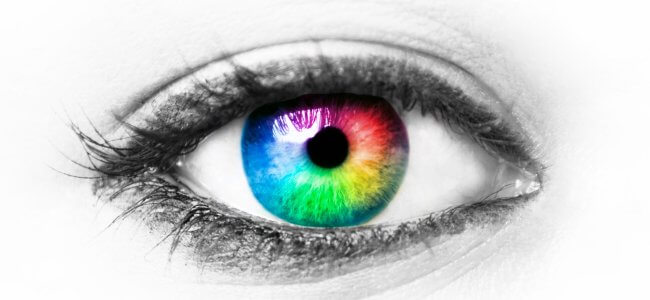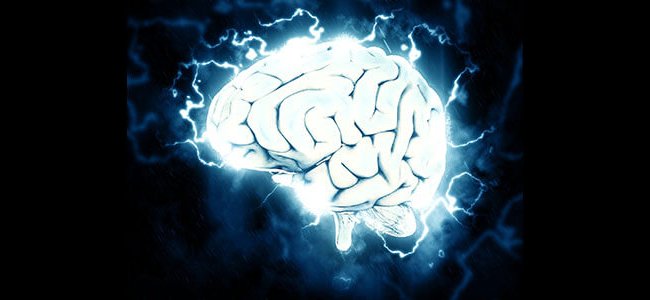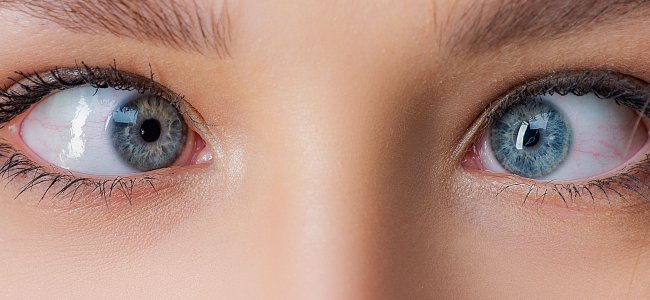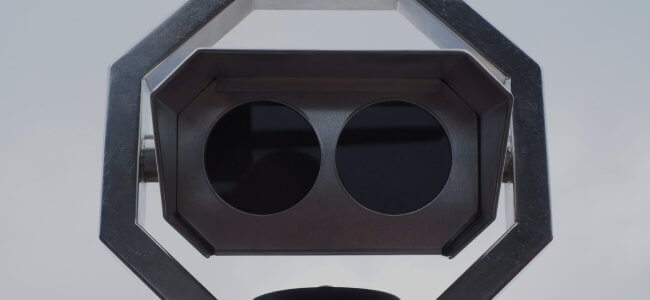BCI: Neural interface rehabilitation approaches

The editorial staff of Emianopsia has the pleasure of hosting Dr Graziana Romano: graduated in psychology with a master in cognitive neuroscience. Dr Romano will conclude this triptych of appointments dedicated to Alzheimer’s disease by rehabilitation through BCI (Brain-computer interface).
Rehabilitation and technology
By 2040, the health sector will be profoundly transformed in relation to the technological development of three key areas:
- digital medicine
- artificial intelligence (A.I.)
- robotics.1
Here are three of the most impactful technological advancements in the cognitive rehabilitation sector:
- brain-computer interfaces (Brain-computer Interface)
- virtual reality (VR)
- digital rehabilitation platforms (TRs)
Biomedical engineering: the role of BCIs
Diseases of the central nervous system can cause the alteration of brain activity, with a consequent weakening of specific functions related to it. BCI technology allows you to measure (through non-invasive and low-cost EEG headphones), monitor and strengthen brain activity.
It decodes, in real time, a predefined brain activity (for example: the amplitude of electroencephalographic rhythms), which reflects the intention of the user (select a letter or move a cursor) and transforms it into commands for technology.
The possibility of restoring impaired brain activity to a normal physiological condition with the support of this technology ( and assuming that such recovery may be reflected in behavioural recovery ), is at the base of the application of HCB systems.
In the cognitive rehabilitation, AD neuronal interface systems integrated with neuromodulation and neurofeedback techniques are used. These systems enhance neuroplasticity, slow the course of the disease, and improve the quality of life of the patient.
Neurofeedback is defined, by the International Society for Neurofeedback Research (ISNR) and the Association for Applied Psychophysiology and Biofeedback (AAPB), as a “process that makes the individual able to learn to change their physiological activity to improve their health and their performance”.
This learning, according to the classical “Skinnerian” conception, provides for a “positive reinforcement” when the emitted action is correct (that is, when it determines the desired effect). The presentation of the “positive reinforcement” takes place in the form of feedback, presented visually on the computer screen or acoustically. Sending positive feedback indicates that the brain signals are modulated in the desired way and that the subject is learning how to modify their cerebral activity.
Virtual reality
Virtual Reality (VR) is an innovative tool able to create three-dimensional environments, capable of eliciting realistic perceptions and reactions from the patient.
The available VR systems provide different degrees of immersivity and interaction:
- head-mounted devices;
- wall screens with three-dimensional vision glasses;
- real rooms, with full-size screens and devices for three-dimensional vision in real time, to achieve the direct stimulation of cerebral plasticity. approccio “top-down” di stimolazione diretta della plasticità cerebrale2-3.
A virtual environment allows you to modify the scenario and adapt the kind of exercise and its difficulty level according to the patient’s deficits and rehabilitation objectives. An interesting use of VR is represented by the creation of stimulating environments, which are part of everyday life (home, supermarket, etc.).
The VR allows for a continue cognitive and speech rehabilitation, even outside the rehabilitation facility, with the possibility to actively involve the caregiver while being assisted by your therapist.4.
Telerehabilitation
Telemedicine allows specialists to provide “care” at a distance through ICT (Information Communication Technology) methods, to ensure an effective standard of care comparable to the conventional “face-to-face” setting in the clinic. Telemedicine, with TR platforms, is a promising tool for cognitive rehabilitation of patients at home.
We thank Dr Romano for presenting the applications of BCI in the field of rehabilitation and we invite you to learn more about Alzheimer’s disease here: Alzheimer’s and cognitive rehabilitation: a new approach.
Bibliography
- The Topol Review. 2019
- Rehabilitative devices for a top-down approach. 2019 | Morone et al.
- Virtual reality in cognitive and motor rehabilitation: facts, fiction and fallacies. 2018 | Tieri et al.
- Telerehabilitation in individuals with severe acquired brain injury: Rationale, study design, and methodology. 2018 | Calabrò et al.

You are free to reproduce this article but you must cite: emianopsia.com, title and link.
You may not use the material for commercial purposes or modify the article to create derivative works.
Read the full Creative Commons license terms at this page.










